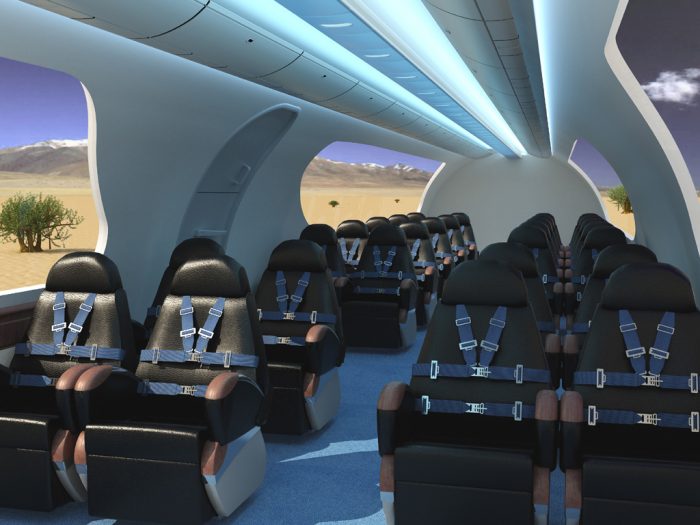
Motorcycle lane splitting is a practice that has been common on roads and highways as long as there have been motorcycles and traffic. California has become the only state in the U.S. that has made lane splitting legal. California Vehicle Code 21658.1 defines lane splitting as “driving a motorcycle between rows of stopped or moving vehicles in the same lane including on both divided and undivided streets, roads and highways.” This section became effective Jan.1, 2017.
The MSF (Motorcycle Safety Foundation) and the AMA (American Motorcyclist Association) endorse lane splitting, given the long term success in California and the University of California study by Berkley researchers showing that it enhances motorcycle safety. “A motorcycle’s narrow width can allow it to pass between lanes of stopped or slow-moving cars on roadways where the lanes are wide enough to offer an adequate gap. This option can provide an escape route for motorcyclists who would otherwise be trapped or struck from behind. There is evidence (Hurt, 1981) that traveling between lanes of stopped or slow-moving cars (i.e., lane splitting) on multiple-lane roads (such as interstate highways) slightly reduces crash frequency compared with staying within the lane and moving with other traffic.” There has been recent enthusiasm for lane splitting and/or filtering in other states.
The University of California at Berkeley published a report in May 2015 that concludes that motorcyclists who split lanes in heavy traffic are significantly less likely to be struck from behind by other motorists, are less likely to suffer head or torso injuries, and are less likely to sustain fatal injuries in a crash.
The California Highway Patrol (CHP) published “Lane Splitting General Guidelines”. Meant to bring awareness and promote safety among California’s motorists.
https://news.berkeley.edu/2015/05/29/motorcycle-lanesplitting-report/
https://www.msf-usa.org/
https://americanmotorcyclist.com/
https://en.wikipedia.org/wiki/Hurt_Report
https://www.chp.ca.gov/programs-services/programs/california-motorcyclist-safety


